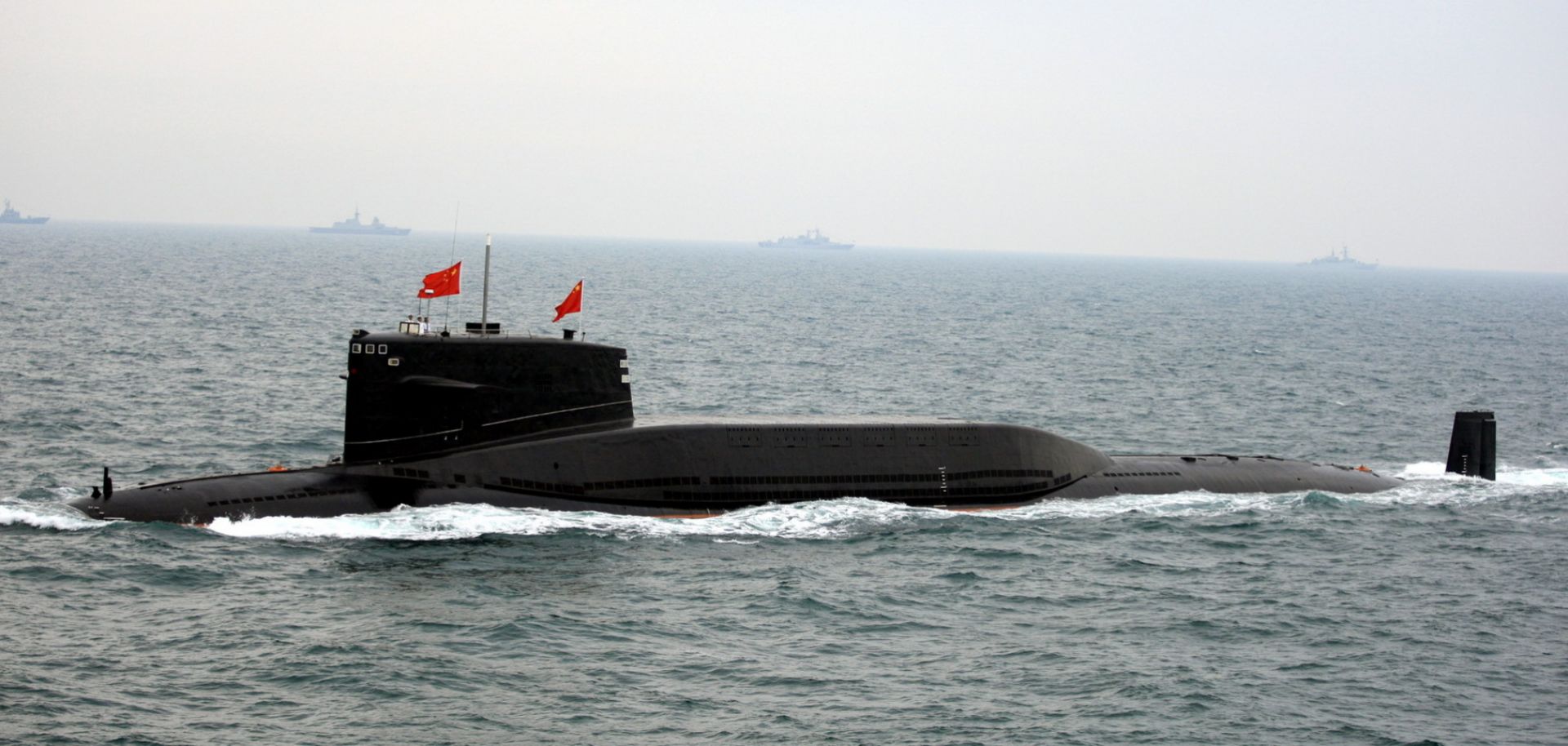
China will likely be interested in the U.S. submarine capability on display during the Rim of the Pacific multinational maritime exercises, which began June 27 and will run until Aug. 7. China's submarine fleet has grown significantly in size and capability over the past two decades. Submarines are the most survivable Chinese naval platform and can, at least in theory, interdict enemy vessels before they approach the Chinese near seas. They can accomplish this by conducting operations in the larger sea space between what China calls the first and second island chains. But while Washington is wary of China's growing submarine fleet, the U.S. submarine fleet remains the most advanced and effective in the world. Moreover, Chinese conventional submarine operations will be at a greater disadvantage than U.S. undersea forces when operating in deepwater environments. The main exits from the Chinese near seas into the Philippine Sea are through the Ryukyu Islands northeast of Taiwan or the Luzon Strait southeast of Taiwan. These exits are strategic bottlenecks that could be covered by U.S. nuclear submarines conducting anti-submarine warfare patrols and by ocean surveillance systems utilizing passive acoustic detection.



